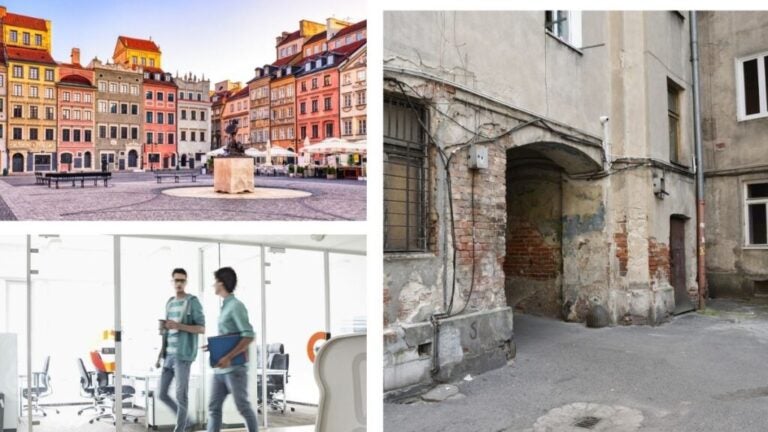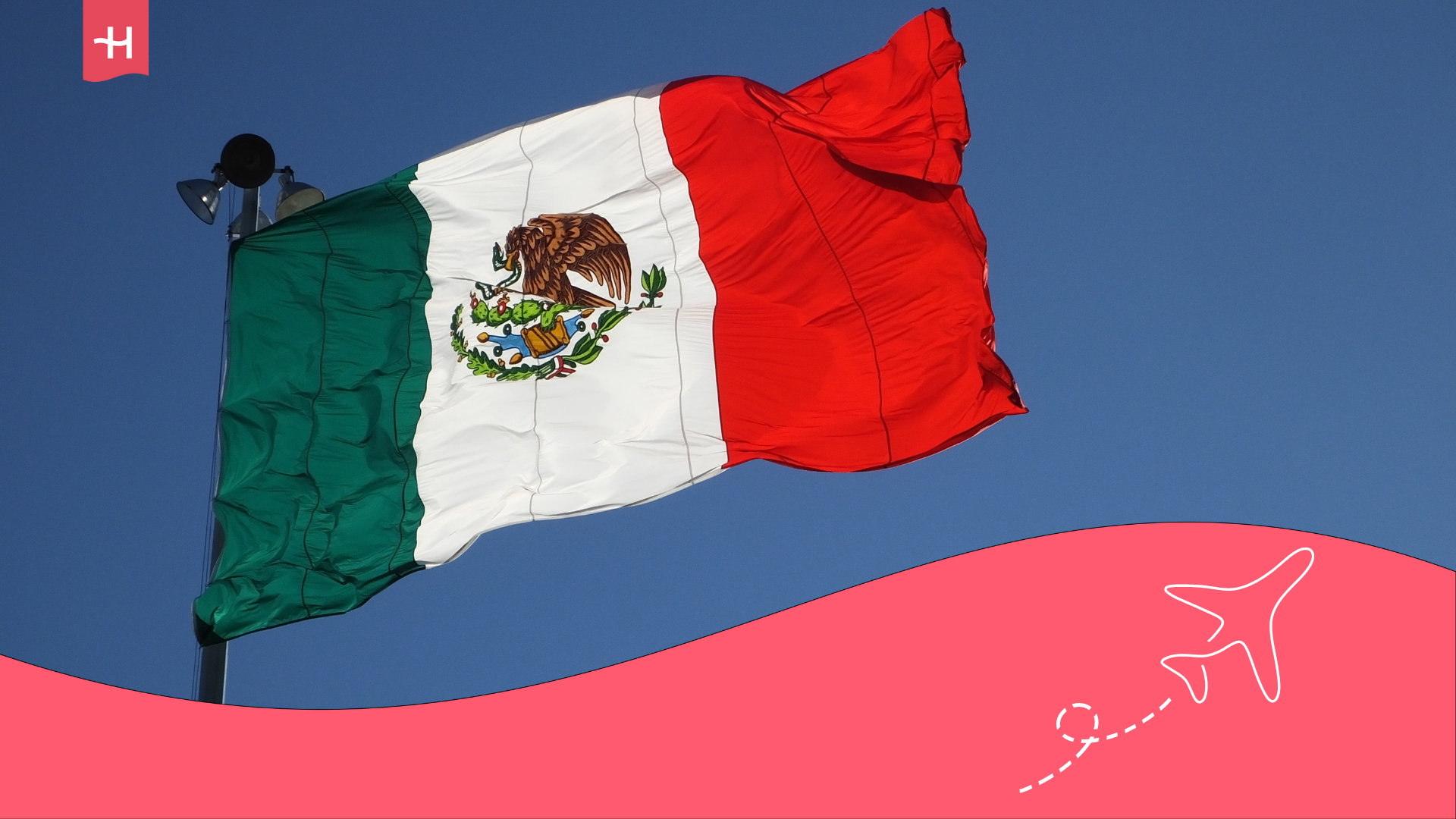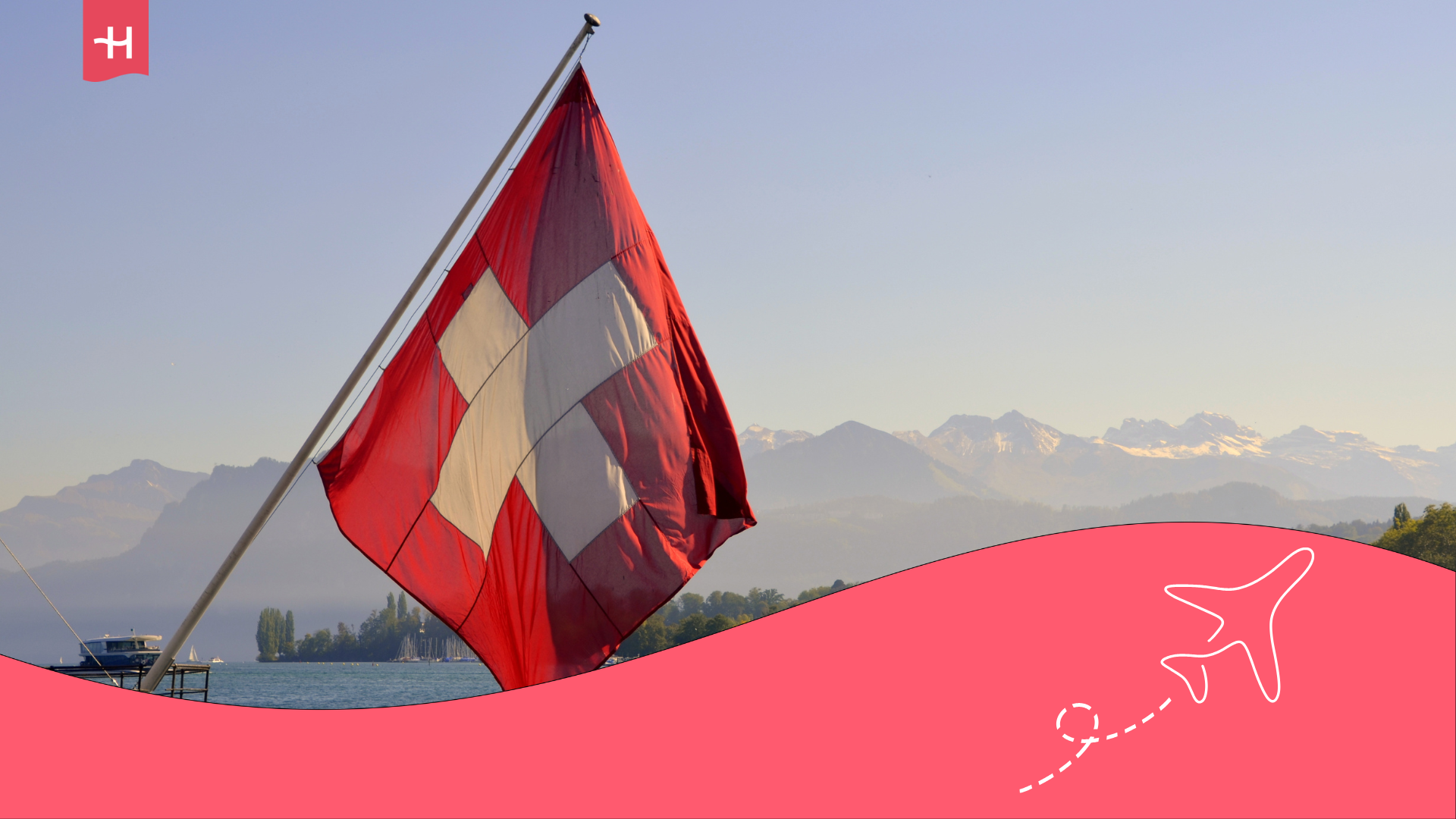Accommodation in Warsaw for long-term stays as a digital nomad
Explore accommodation in Warsaw for long-term stays, ideal for digital nomads and those looking to live and work in the city.
If your goal is to explore, work, and live in Warsaw as a digital nomad, it’s essential to consider accommodation in Warsaw for long-term stays. Staying in Warsaw is not a challenge for digital nomads or for those who want to live for extended stays in the Polish capital. The city has gradually adapted to this lifestyle and work style.
Finding places where you can work comfortably and where creativity can flow is key for travellers, as it prolongs your stay in a country or city.
In this case, we will explore some coliving spaces that Warsaw offers its visitors. But also other options like hotels, which have areas suitable for remote workers, and apps like Airbnb. Additionally, you might be interested in how much it could cost to rent a furnished apartment, perfect for a hassle-free stay.
Accommodation Options for Long Stays in Warsaw
Warsaw is a city that continues to grow in terms of creating spaces and fostering a remote work culture. It is becoming increasingly attractive specifically for digital nomads and those who don’t need to attend a fixed workplace.
The country’s socio-economic context allows for an increase in the number of places adapting to receive temporary visitors to live and work. Here are the top options for you to stay and work without any problems.
1. Colivings to Work, Share and Stay in Warsaw
Next, we’ll list some coliving spaces we’ve researched to make it easier for you to find them when you arrive in Warsaw. All the places listed here have one thing in common: They feature spacious areas and stable, high-capacity internet connections to provide the best experience.
Prices can range between $768.88-2,196.80 (€662.20-1,892.00)
- Shed Warsaw Sky Living: A coliving located in the centre of Warsaw, offering various benefits for its guests. In addition to rest and relaxation areas and spaces optimal for studying, working, and building community, Shed offers shared or private rooms.
- Shed Warsaw Campus Living: Located further south in the city, this coliving offers shared and private room rentals. It also has modern infrastructure to ensure its visitors feel comfortable.
- HT Nest Coliving: With communal relaxation areas, this coliving provides a bit more privacy with studio apartments featuring private kitchens and bathrooms.
- Nest Chodakowska: It has two locations in the capital and is specially designed for students and digital nomads. The spaces are divided between communal and private areas, with rooms offering one or two beds and private bathrooms.
2. Furnished Apartments in Warsaw
This option is more suitable for remote workers who require a bit more silence and concentration. Comfort in these accommodation options is undeniable, as almost all areas are private, although it’s also important for the environment to be dynamic and social during breaks.
High-speed internet connection is a must, along with other comforts such as managing all rental requirements online, flexible payment terms, and locations in safe neighbourhoods with good entertainment and cultural offerings.
- Flatio: This is perhaps one of the most flexible options for visitors. You won’t need to pay a deposit to rent an apartment here. The process is straightforward, done online, and includes all the necessary services to work without delays, but with plenty of comfort.
- Spotahome: Known for its great location and virtual tour, where you can check out the comfort offered to avoid surprises when renting. This accommodation provides furnished spaces specifically designed for working or studying.
- HousingAnywhere: Just what a digital nomad needs to perform their work, this place offers a wide range of apartments with one or more rooms, stable internet connections, and no deposit requirement for the rental period.
This option is unique in that it is located in popular Warsaw neighbourhoods, and many of these apartments can be found via the Airbnb app.
In traditional neighbourhoods, everyday life predominates, creating a sense of cultural immersion. This makes costs slightly lower compared to coliving options, as they offer fewer amenities.
Prices can range from $686.50-1,373.00 (€591.25-1,182.50) Not bad for the absolute privacy these places offer, as well as the infrastructure that fosters creativity for remote workers and students who chose this city to graduate.
3. Hotels for long stays
The offer of hotels now adapting to the remote work model has grown in Warsaw. While they are not top of the list for many digital nomads, hotels are gaining ground as coworking spaces.
- GreenWood Hostel: This place features green spaces, private kitchen and bathroom, as well as regular hotel services such as laundry, a bar, a gym, and importantly, a good internet connection.
- WeWork Hotel Europejski: With both collective and individual workspaces, its infrastructure is modern, and one of its key features is that it’s pet-friendly. Its location is ideal for visiting the city centre once you’ve had some free time to rest or go sightseeing.
- Kapsula Hostel: This hostel is well-suited for remote work, but also for socialising. You can enjoy meeting other guests while talking and cooking together.
- This place is significantly more affordable than a hotel and is usually inhabited by a variety of traveller profiles.
Hotels tend to have high costs due to the number of services they offer, including cleaning, laundry, restaurant service, among others. Prices typically range from 180 to 300 USD per room.
Important: If you are a frequent traveler and want to stay connected without worrying about expensive roaming or looking for a new SIM at every destination, Holafly’s subscription plans are for you. With a single eSIM, enjoy internet in more than 160 countries for a fixed price and no surprises on your bill. Travel without limits and connect easily and securely! 🚀🌍

The Best Neighbourhoods and Areas in Warsaw for a Temporary Stay
Warsaw has many stories related to World War II, stories that are still told through several of its neighbourhoods. This attracts visitors, as they can appreciate the mix of old and modern architecture in just a few streets.

Some areas, such as Praga, Sródmiescie, Ochota, and Zoliborz, are particularly attractive for a temporary stay in Warsaw. Let’s delve deeper into these neighbourhoods so you can better understand them.
- Praga: This neighbourhood stands out for its youthful atmosphere, despite the war scars on its infrastructure. It was thought that it would never regain social life, but the youth took over the spaces and added colour with street art, which also gives it a modern touch.
- Impressive churches, cafes, restaurants, and museums line its streets, enriching the landscape. Living in this area could be an enjoyable experience for temporary travellers.
- Sródmiescie: With tours around the old town and other iconic places in this Warsaw neighbourhood, its square reveals the time it has spent there, adorning the beautiful architecture in the city centre. Located in the heart of Warsaw, it is strategically practical for living, with several important cultural places nearby.
- Ochota: This neighbourhood stands out for its excellent contrast between classic and modern architecture, and its large green spaces. It attracts travellers who want to live in calm areas, yet still have easy access to social and nightlife.
- Zoliborz: Close to the other neighbourhoods, Zoliborz also combines nature with architecture, offering a life closer to nature thanks to its parks. Living here suggests a more peaceful lifestyle.
Warsaw is not a very large city. To put it into perspective, its population is about 1,800,000, according to OECD data. Exploring the neighbourhoods of the Polish capital doesn’t seem like a difficult task, which allows for easy mobility within the city.
Cafes and Areas for Coworking
Coworking spaces can be found all over the city, with notable places like Google Campus Warsaw, which features a range of spaces designed for remote work, where you can also hold meetings.
Another place where digital nomads can work is Bourgeois Bohemian Coworking, equipped with offices for collaborative work, plus coffee and spacious areas. It’s suitable for socialising, creating, and doing activities aimed at remote work.
Cafes that have always had open spaces for remote workers also stand out. These places generally offer pleasant environments that are ideal for working and concentrating.
One example is Daft Café, which has zones for meetings without disturbing others, thanks to its soundproof booths.
Frequently Asked Questions about Staying in Warsaw for a Temporary Stay
There are several neighbourhoods worth living in for the amenities they offer. But, without a doubt, the most recommended for their location and features, in terms of productivity and connectivity, are: Praga, Sródmiescie, and Mokotów.
One thing that sets the Polish capital apart from other European capitals is that it offers a good quality of life at a low cost. This means that housing, services, food, and transportation are all more affordable than in many other cities.
The internet connection in most hotels, homes, coworking spaces, and colivings is good. This allows for anything from simple tasks to high-quality video calls with excellent stability. So, you won’t have to worry about connectivity.
Warsaw doesn’t have high crime or violence rates. However, it’s always advisable to learn about the security dynamics from locals to avoid issues or unpleasant experiences.
The official language of Warsaw is Polish. However, many of its citizens speak English as part of their efforts to accommodate temporary visitors and tourists.
The main thing to consider are the specific requirements for certain nationalities. For example, if you’re European, you probably won’t need a visa to live there for a significant period of time.
However, if you’re from a Latin American country, you will need to apply for a visa to stay in the country for more than 90 days. It’s best to inquire with the Polish embassy.





 Language
Language 


















 No results found
No results found







